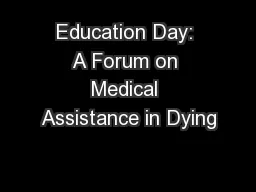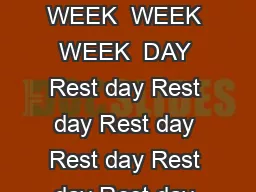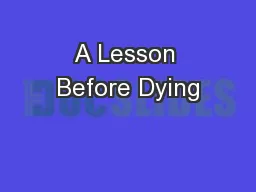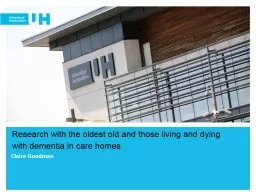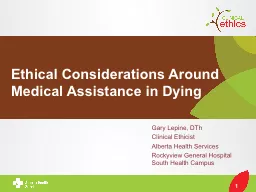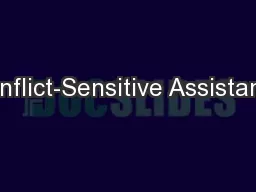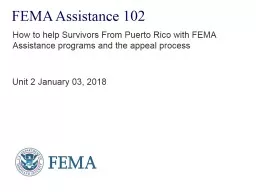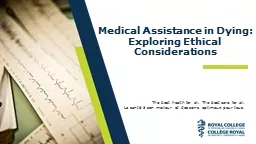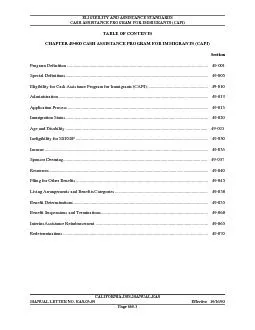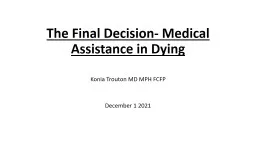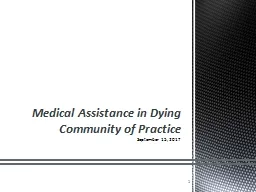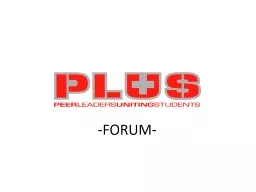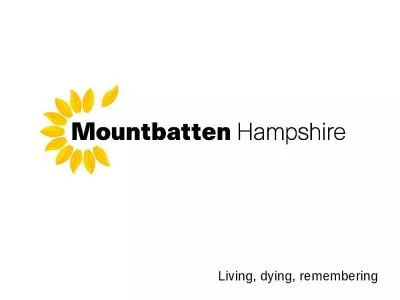PPT-Education Day: A Forum on Medical Assistance in Dying
Author : olivia-moreira | Published Date : 2018-11-02
Sept 23 2016 MBCollegeRNs crnmED16 Welcome crnmED16 Global Perspective An Overview of International and Canadian Law Dr Mary Shariff BSc LLB LLM PhD Global perspective
Presentation Embed Code
Download Presentation
Download Presentation The PPT/PDF document "Education Day: A Forum on Medical Assist..." is the property of its rightful owner. Permission is granted to download and print the materials on this website for personal, non-commercial use only, and to display it on your personal computer provided you do not modify the materials and that you retain all copyright notices contained in the materials. By downloading content from our website, you accept the terms of this agreement.
Education Day: A Forum on Medical Assistance in Dying: Transcript
Download Rules Of Document
"Education Day: A Forum on Medical Assistance in Dying"The content belongs to its owner. You may download and print it for personal use, without modification, and keep all copyright notices. By downloading, you agree to these terms.
Related Documents

